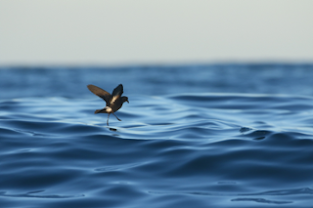Dr A. Santangeli from the GEDA comments on a new study about the consequences of the decline of vultures in India and its cost in terms of human lifes and monetary damages. Here
 |
| Bernard Castelein/NPL/Minden Pictures |
The numbers themselves aren’t surprising, says Andrea Santangeli, a
conservation scientist at the Institute for Mediterranean Studies who
wasn’t involved with the research. He and others have sounded the alarm
on biodiversity loss for decades. But the new, dramatic stats could help
convince lawmakers to act, he says. “If you give them flashy figures,
it’s probably easier to push forward policy and conservation measures." by Vivian La (Science News 15/07/2024)










